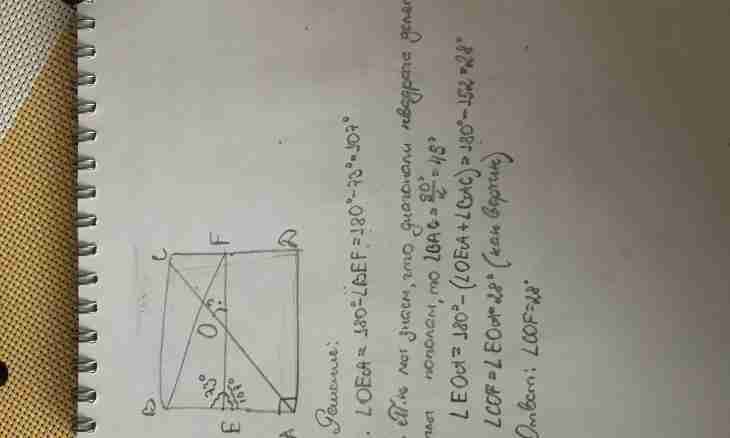To determine the cost of gross output, it is necessary to apply a factory method of calculation. It is in considering only that part of products which participated in production once. It allows to avoid the double account, at the enterprise intermediate products which then are processed repeatedly are made.
Instruction
1. There are several rated sizes determining the volume of the made products at the enterprise. Most fully the cost of gross output reflects this characteristic. Mathematically it can be found in a type of a difference of two sizes of goods turnover: gross turn and intra factory (intermediate) consumption: VP = IN – VZP, where: VP – the cost of gross output; IN – a gross turn; VZP – intra factory consumption.
2. A gross turn represents the total value of final products of all shops of the enterprise. At the same time it is unimportant whether these products went to the market at once or passed into other shops as intermediate material or a semi-finished product.
3. An intra factory turn is a total cost of the semi-finished products or materials produced at the enterprise and intended for processing in other its shop. For example, intermediate spare parts or mechanisms for assembly of the car or other equipment.
4. Can enter the size of gross output given on the following elements for the reporting period: • Finished goods; • The semi-finished products and products manufactured for final consumption, for example, of the spare part, intended for sale, but not for further assembly of the vehicle; • Works on capital repairs of the equipment as they enter a concept of depreciation charges, and those, in turn, are the material inputs connected with the main production; • Work in progress remains.
5. The cost of gross output does not join financial results on: • To the rejected products including realized at reduced prices; • To production waste; • To works on maintenance as these expenses belong to an intra factory turn; • To payment of non-productive expenses: transport, phone, repair of the building, economic needs, etc.; • Costs of materials for coloring, toning, nickel plating, etc. (while these works are considered).

